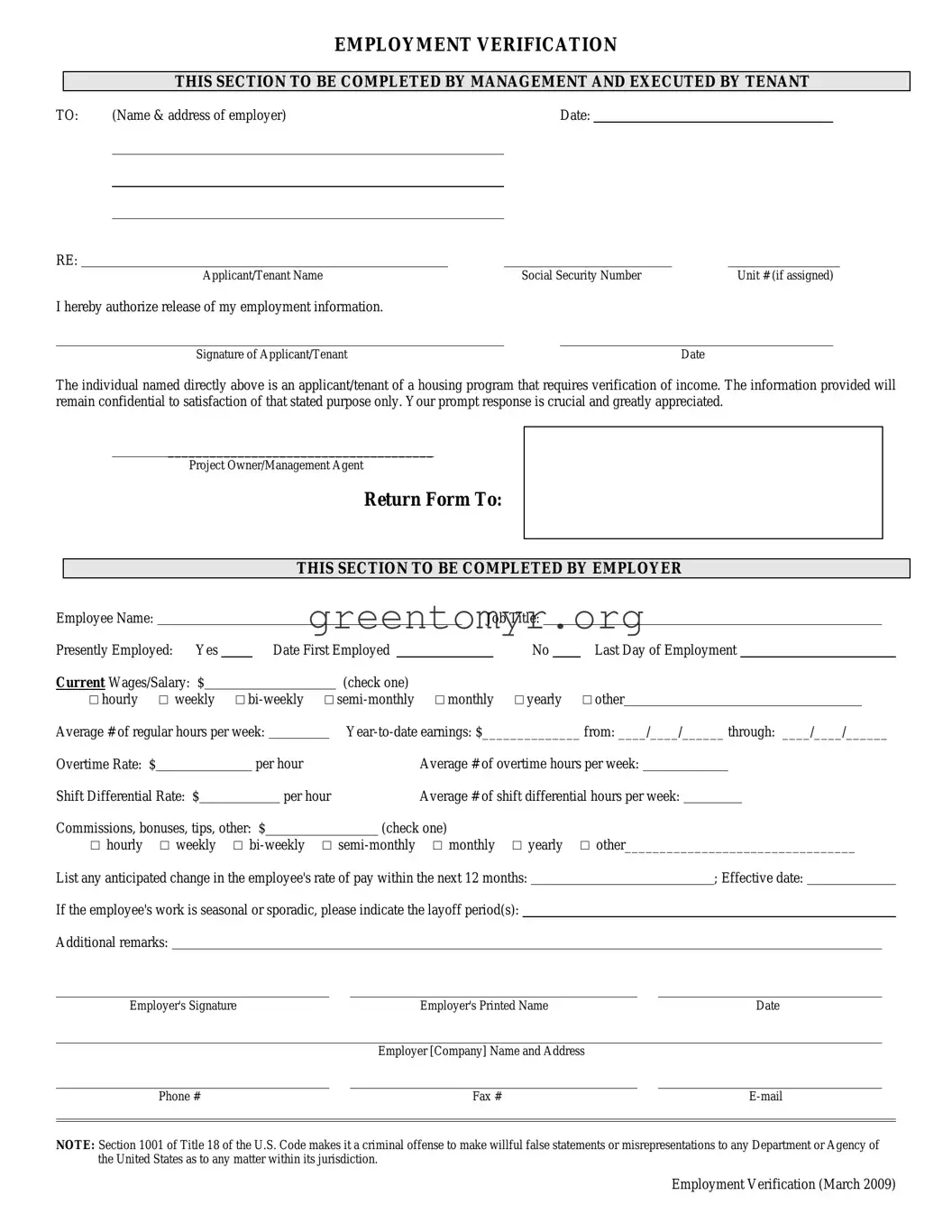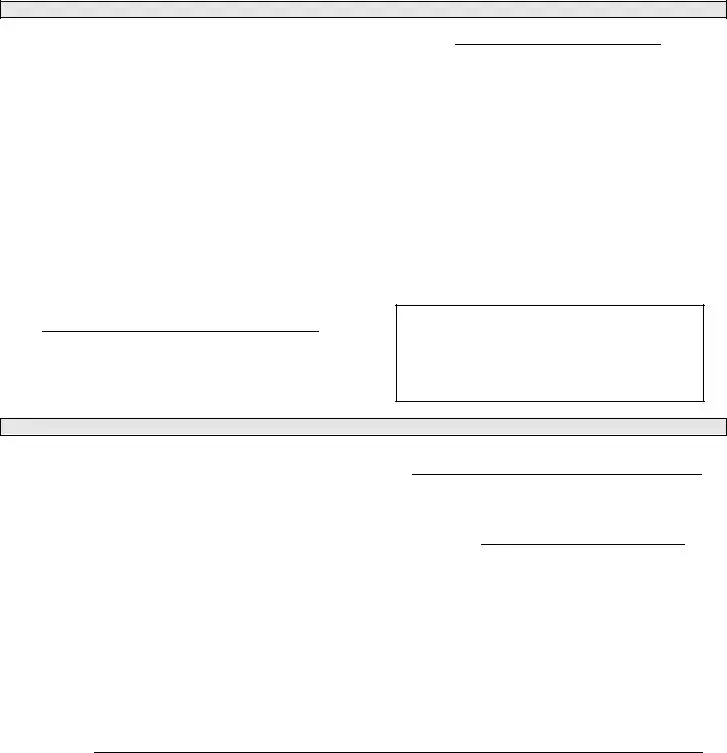An employment verification form is a document that helps confirm an individual's employment status, job title, salary information, and other relevant details. Employers often use this form to verify a candidate's professional history when hiring or for purposes such as loan applications, leasing agreements, or background checks.
Typically, current or former employees are required to fill out the employment verification form. Employers may request this information from the employee directly or send it to previous employers. If you are seeking a new job or applying for a loan, you may also be asked to provide your consent for the verification process.
Generally, the form requires several key pieces of information, including:
-
Your full name and contact information.
-
The name of your employer and their contact details.
-
Your job title and employment dates.
-
Your current or former salary details.
-
Any additional information that may be relevant to the verification process.
The employment verification form serves to confirm your employment details with prospective employers, landlords, or lending institutions. Once the form is completed and submitted, it may be reviewed to assess your qualifications for a position or determine your reliability in other situations, such as securing housing or loans.
Submission methods can vary by employer or institution. Commonly, you may be asked to return the completed form via email, postal mail, or an online portal. It is essential to follow the specific instructions provided by the requesting party to ensure proper handling of your information.
If a previous employer is unwilling to complete the verification form, you may consider taking alternative steps. You can provide pay stubs, tax documents, or other records that verify your employment history. In some cases, you can also provide references who can confirm your past work experience.
Yes, privacy concerns can arise since this form contains personal and sensitive information. It is crucial to share your data only through secure channels and with trusted entities. Make sure you understand how your information will be used, stored, and protected, and only sign a verification form when you feel comfortable.
If you notice inaccuracies on your employment verification form, take action promptly. Contact the relevant party to discuss the discrepancies and provide correct information. Clear communication can help resolve these issues, ensuring that accurate details are documented for future reference.

